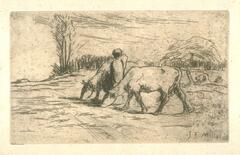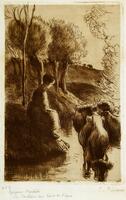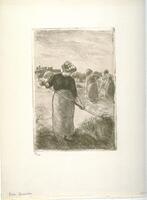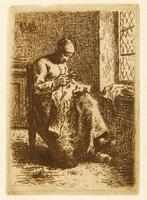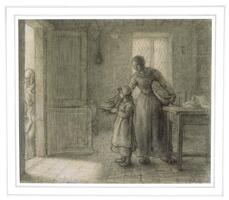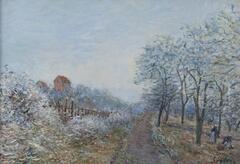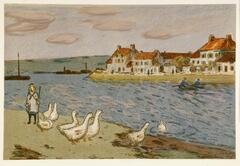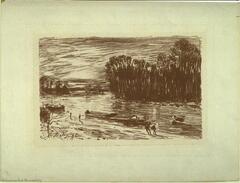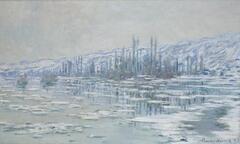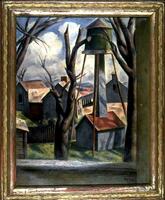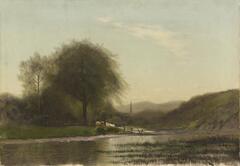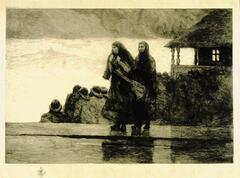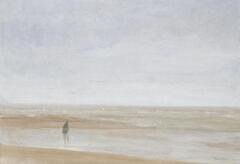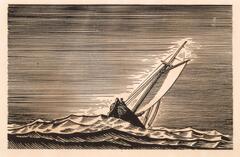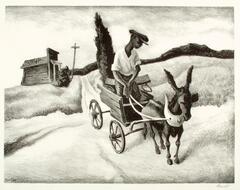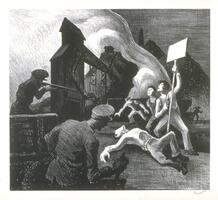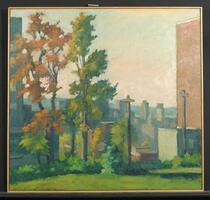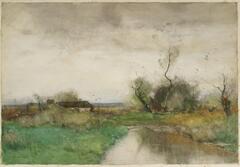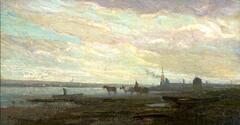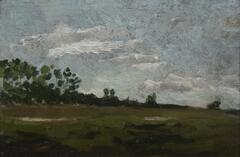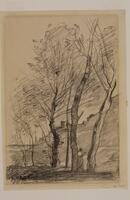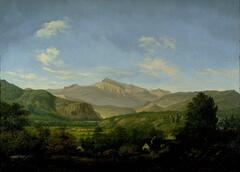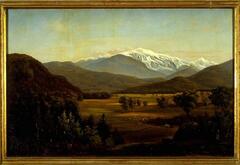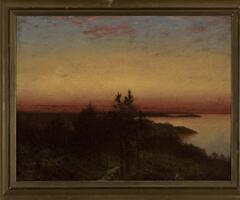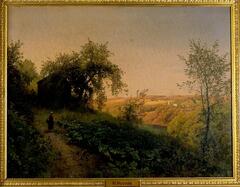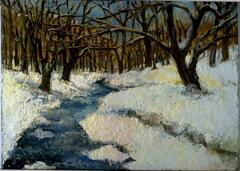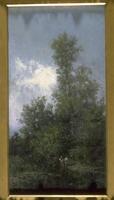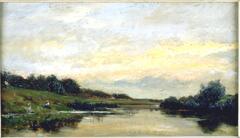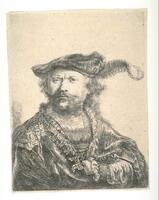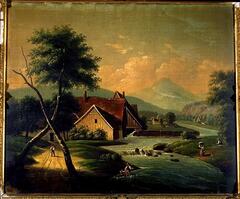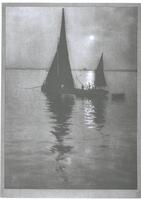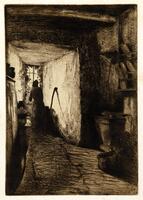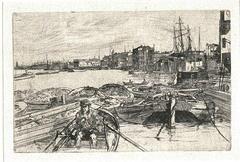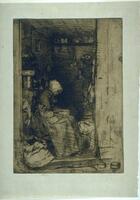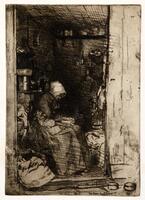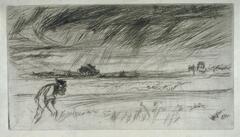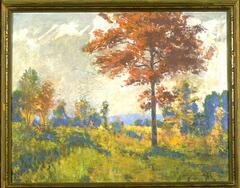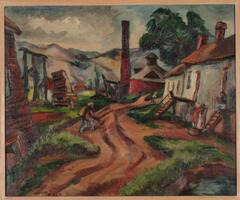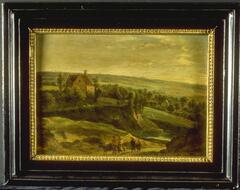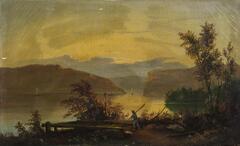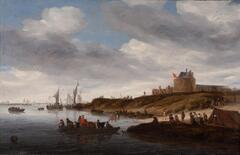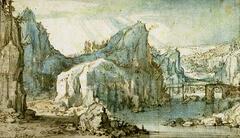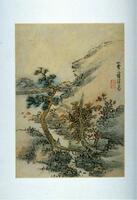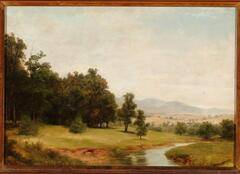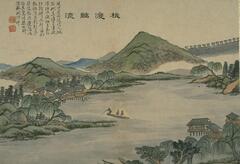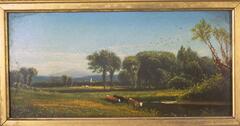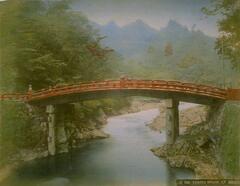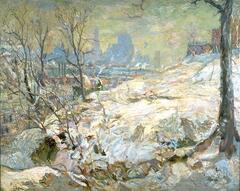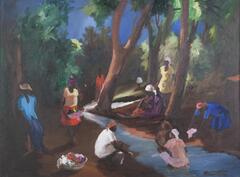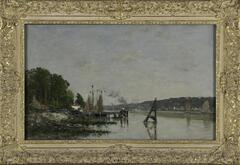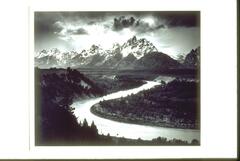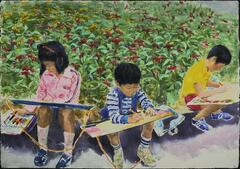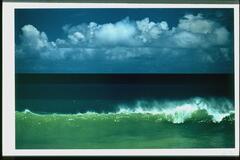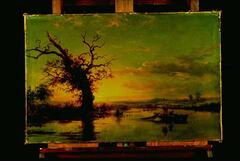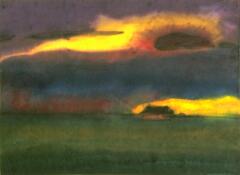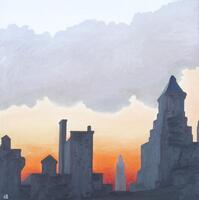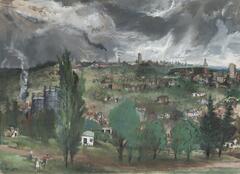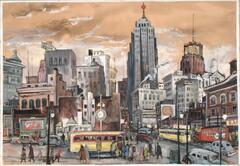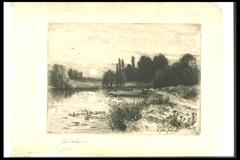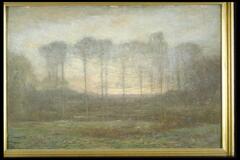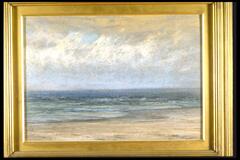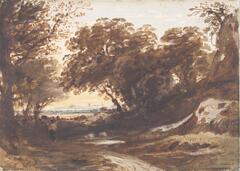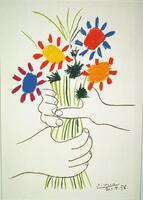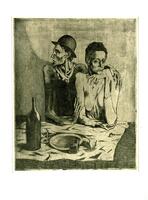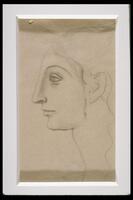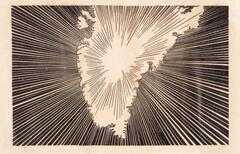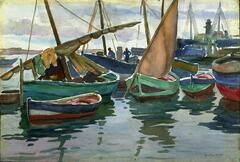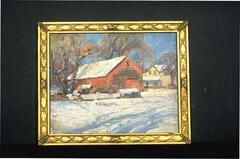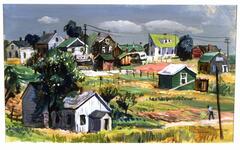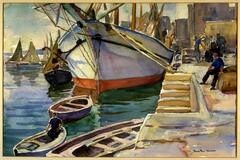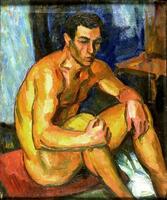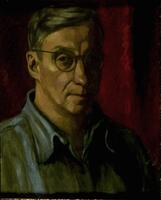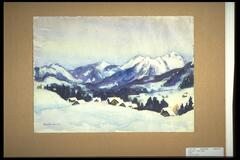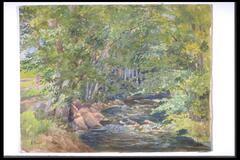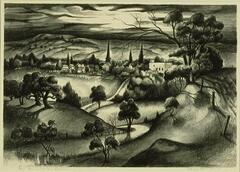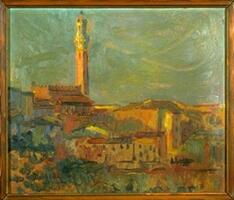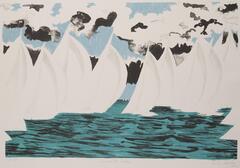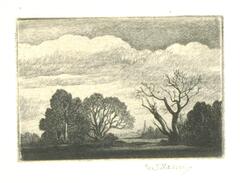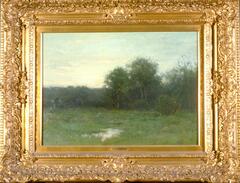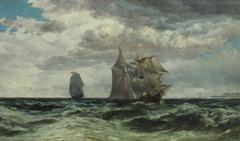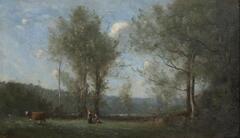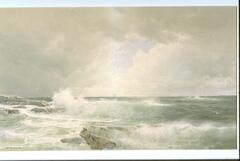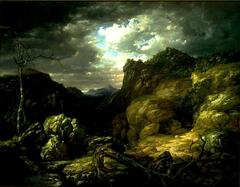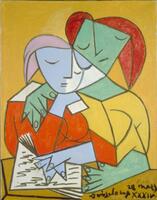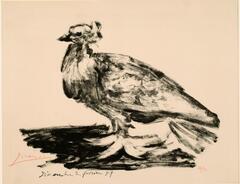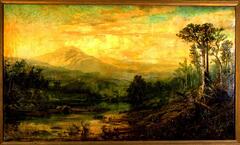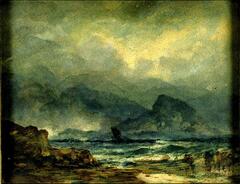137 Items in this Learning Collection
Collection Object
Collection Object
Collection Object
Collection Object
Collection Object
Collection Object
Collection Object
Collection Object
Collection Object
Collection Object
Collection Object
Collection Object
Collection Object
Collection Object
Collection Object
Collection Object
Collection Object
Collection Object
Collection Object
Collection Object
Collection Object
Collection Object
Collection Object
Collection Object
Collection Object
Collection Object
Collection Object
Collection Object
Collection Object
Collection Object
Collection Object
Collection Object
Collection Object
Collection Object
Collection Object
Collection Object
Collection Object
Collection Object
Collection Object
Collection Object
Collection Object
Collection Object
Collection Object
Collection Object
Collection Object
Collection Object
Collection Object
Collection Object
Collection Object
Collection Object
Collection Object
Collection Object
Collection Object
Collection Object
Collection Object
Collection Object
Collection Object
Collection Object
Collection Object
Collection Object
Collection Object
Collection Object
Collection Object
Collection Object
Collection Object
Collection Object
Collection Object
Collection Object
Collection Object
Collection Object
Collection Object
Collection Object
Collection Object
Collection Object
Collection Object
Collection Object
Collection Object
Collection Object
Collection Object
Collection Object
Collection Object
Collection Object
Collection Object
Collection Object
Collection Object
Collection Object
Collection Object
Collection Object
Collection Object
Collection Object
Collection Object
Collection Object
Collection Object
Collection Object
Collection Object
Collection Object
Collection Object
Collection Object
Collection Object
Collection Object
Collection Object
Collection Object
Collection Object
Collection Object
Collection Object
Collection Object
Collection Object
Collection Object
Collection Object
Collection Object
Collection Object
Collection Object
Collection Object
Copyright
All Rights Reserved
()
Le Marais aux Canards
Accession Number
1949/1.87
Title
Le Marais aux Canards
Artist(s)
Charles François Daubigny
Artist Nationality
French (culture or style)
Object Creation Date
1862
Medium & Support
cliché-verre on paper
Dimensions
6 in x 8 in (15.24 cm x 20.32 cm);6 in x 8 in (15.24 cm x 20.32 cm);19 in x 14 in (48.26 cm x 35.56 cm)
Credit Line
Gift of Carl Fredric Clarke
Label copy
Charles-François Daubigny
France, 1817–1878
Marsh with Ducks (Le Marais aux canards)
1862
Cliché-verre
Gift of Carl Frederic Clarke, 1949/1.87
With the advent of photography in 1839, a new medium was developed that merged the technologies of photography with the strengths of traditional print media. This hybrid, cliché-verre, drew upon both the etching process and photography. A plate of glass is covered with a protective ground, through which the artist scratches lines to allow light to pass through the glass in the areas that correspond to dark lines. Then the glass pane is laid on top of a sheet of paper that has been light sensitized. Sunlight passing through the lines exposed on the pane creates the lines that are recorded on the paper, thus transferring the artist’s “drawing” on the glass.
An accomplished printmaker with a body of etched views of the Seine and Oise rivers, Daubigny’s experimentation with the new medium of cliché-verre was a natural extension of his graphic production. The fluidity of Daubigny’s line is evident in the grasses of the marsh sheltering a group of ducks; it is even more vividly captured in the notational “doodle” in the upper portion of the sky that depicts a small boat. The boat and its reflections are caught in a few rapid lines, showing this medium’s kinship with drawing.
(6/28/10)
Primary Object Classification
Print
Primary Object Type
intaglio print
Collection Area
Western
Rights
If you are interested in using an image for a publication, please visit http://umma.umich.edu/request-image for more information and to fill out the online Image Rights and Reproductions Request Form.
Keywords
Barbizon School
1949/1.87
Title
Le Marais aux Canards
Artist(s)
Charles François Daubigny
Artist Nationality
French (culture or style)
Object Creation Date
1862
Medium & Support
cliché-verre on paper
Dimensions
6 in x 8 in (15.24 cm x 20.32 cm);6 in x 8 in (15.24 cm x 20.32 cm);19 in x 14 in (48.26 cm x 35.56 cm)
Credit Line
Gift of Carl Fredric Clarke
Label copy
Charles-François Daubigny
France, 1817–1878
Marsh with Ducks (Le Marais aux canards)
1862
Cliché-verre
Gift of Carl Frederic Clarke, 1949/1.87
With the advent of photography in 1839, a new medium was developed that merged the technologies of photography with the strengths of traditional print media. This hybrid, cliché-verre, drew upon both the etching process and photography. A plate of glass is covered with a protective ground, through which the artist scratches lines to allow light to pass through the glass in the areas that correspond to dark lines. Then the glass pane is laid on top of a sheet of paper that has been light sensitized. Sunlight passing through the lines exposed on the pane creates the lines that are recorded on the paper, thus transferring the artist’s “drawing” on the glass.
An accomplished printmaker with a body of etched views of the Seine and Oise rivers, Daubigny’s experimentation with the new medium of cliché-verre was a natural extension of his graphic production. The fluidity of Daubigny’s line is evident in the grasses of the marsh sheltering a group of ducks; it is even more vividly captured in the notational “doodle” in the upper portion of the sky that depicts a small boat. The boat and its reflections are caught in a few rapid lines, showing this medium’s kinship with drawing.
(6/28/10)
Primary Object Classification
Primary Object Type
intaglio print
Collection Area
Western
Rights
If you are interested in using an image for a publication, please visit http://umma.umich.edu/request-image for more information and to fill out the online Image Rights and Reproductions Request Form.
Keywords
Barbizon School

